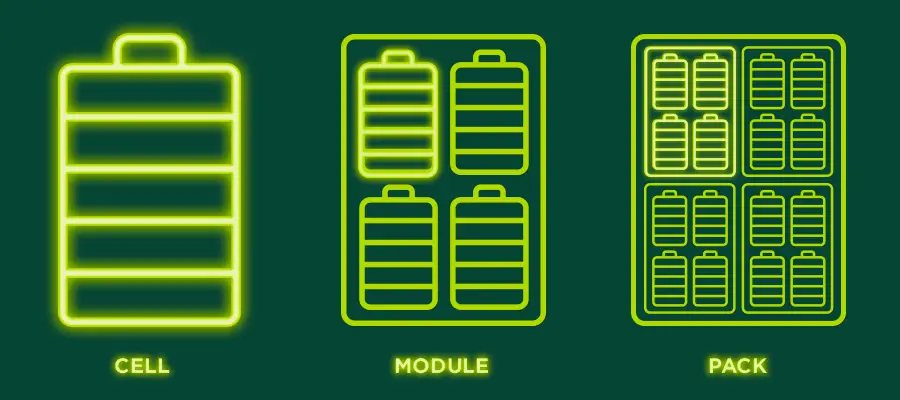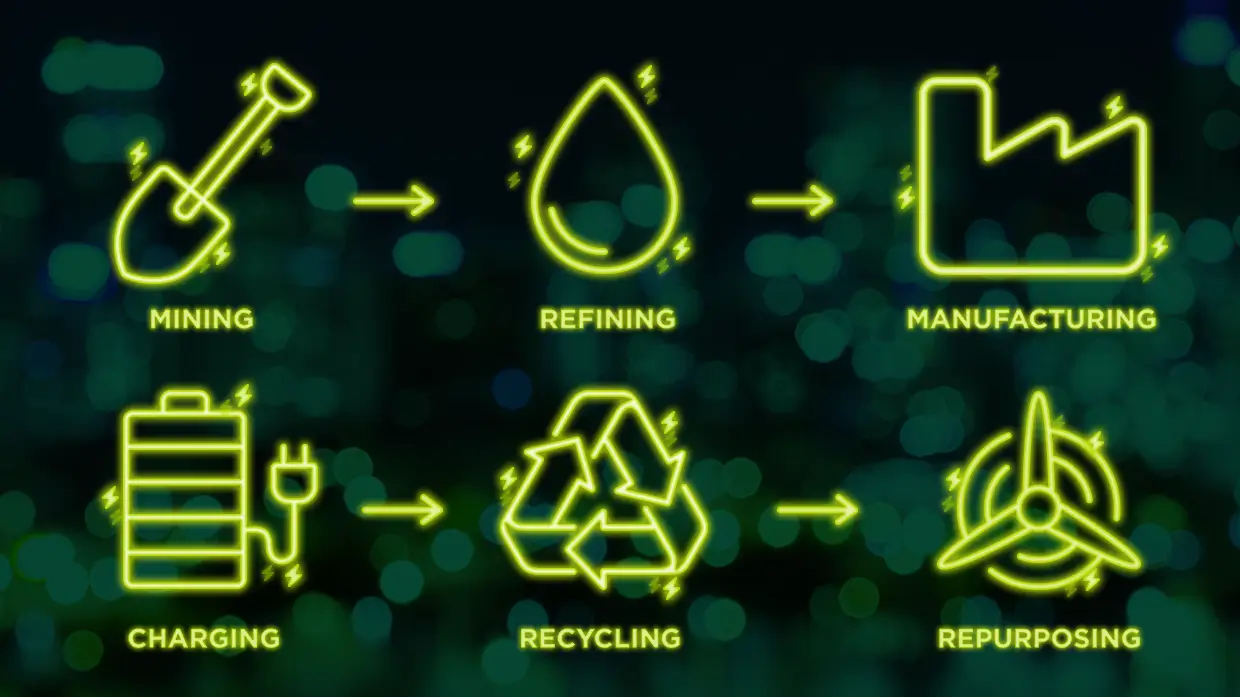
GETTING TO GRIPS WITH EVs
If there’s one thing all electric vehicles have in common, it’s that they’re packed with smart tech. But how do they work? What’s happening under the hood? And what exactly is regenerative braking? It’s time to take a closer look at the basics, after all, everyone will need to be familiar with them in the very near future so may as well get a head start. We’ll keep the technical jargon to a minimum we promise.
1. Electric vs combustion
Did you know the first electric cars were made over 180 years ago? However, as rechargeable battery technology hadn’t been invented yet the limited driving range was always a sticking point. So when internal combustion engines (ICE) appeared and began to be mass produced, electric cars plummeted in popularity. Luckily for the planet, that all started to change at pace in the early 2000s when after years of development electricity finally began to put up a fight against petrol and diesel as the go-to fuel of the future.
Now while electric and ICE vehicles may look largely the same from the outside, peek inside and you’ll instantly see the difference. Without going into too much detail, an ICE pushes energy into the motor to get the wheels turning. On top of being noisy, this process relies on burning fossil fuels that spouts carbon dioxide (notto mention sulfur dioxide, carbon monoxide, nitrogen oxide and benzene) out of a tailpipe. Bad news for the environment, bad times for your health.
Fully electric vehicles on the other hand are built without an engine or tailpipe, and instead run on a lithium-ion battery. That means zero tailpipe emissions, quieter journeys and a big step towards greener roads.
2. The all-important battery
Generally the heaviest part of any EV, lithium-ion (sometimes called li-ion) batteries also do the heavy lifting when it comes to powering the vehicle. Without them, recharging the car time and time again would be impossible. You may also be surprised to discover that they’re made up of three different components:

The cell: A single lithium-ion battery
The module: Multiple cells arranged in a specific pattern
The pack: The end product, created by linking multiple modules and thermal sensors within a protective frame
Alongside lithium, these batteries are made up from host of raw materials from across the globe including nickel, graphite and cobalt. And it’s because of the number of airmiles clocked up in the mining and manufacturing process that EV batteries remain very costly to produce today.
The EV battery lifecycle

3. Regenerative braking
You brake, you slow down. Surely it’s the same whether you’re behind the wheel of an EV or ICE? Surprisingly not, in fact one of the biggest differences you’ll find between the two types of vehicle is the way they brake. Time for a very quick physics lesson.
Kinetic energy is built up as a vehicle moves. In the case of ICE vehicles, this kinetic energy is released as a waste product in the form of heat. That’s not the case with EV brakes, which instead converts the kinetic energy into electric energy which is then stored in the battery and gives the range of the vehicle a cheeky little boost.
4. Say hello to single gear driving
Most petrol and diesel-powered vehicles have a transmission with a number of gears that enable the engine to reach different speeds. That’s not the case with electric vehicles, which typically have a transmission with only one gear. As a result, the electric motor runs at a single speed directly in line with how fast the motor’s spinning. This is far more efficient than a multi-speed transmission, not to mention a whole lot smoother too, as acceleration is uninterrupted.
In many ways, driving an electric vehicle is also very similar to driving an automatic vehicle. There are no gears to change or pesky clutch to wrestle with, just three different buttons to choose from – drive, park and reverse.
Want a lesson in advanced physics? Electroverse have you covered.
